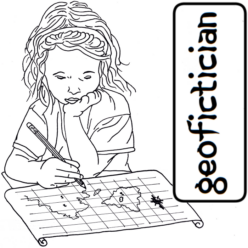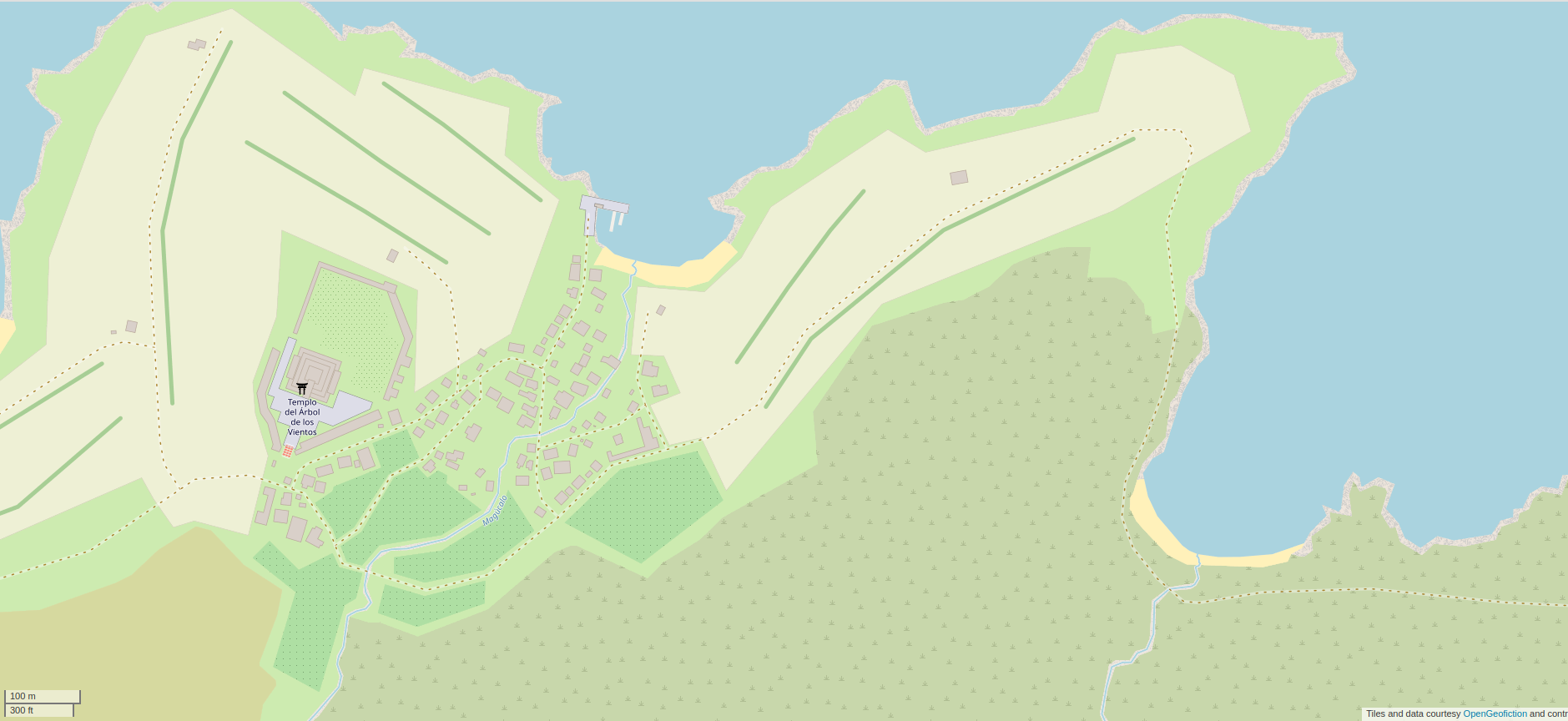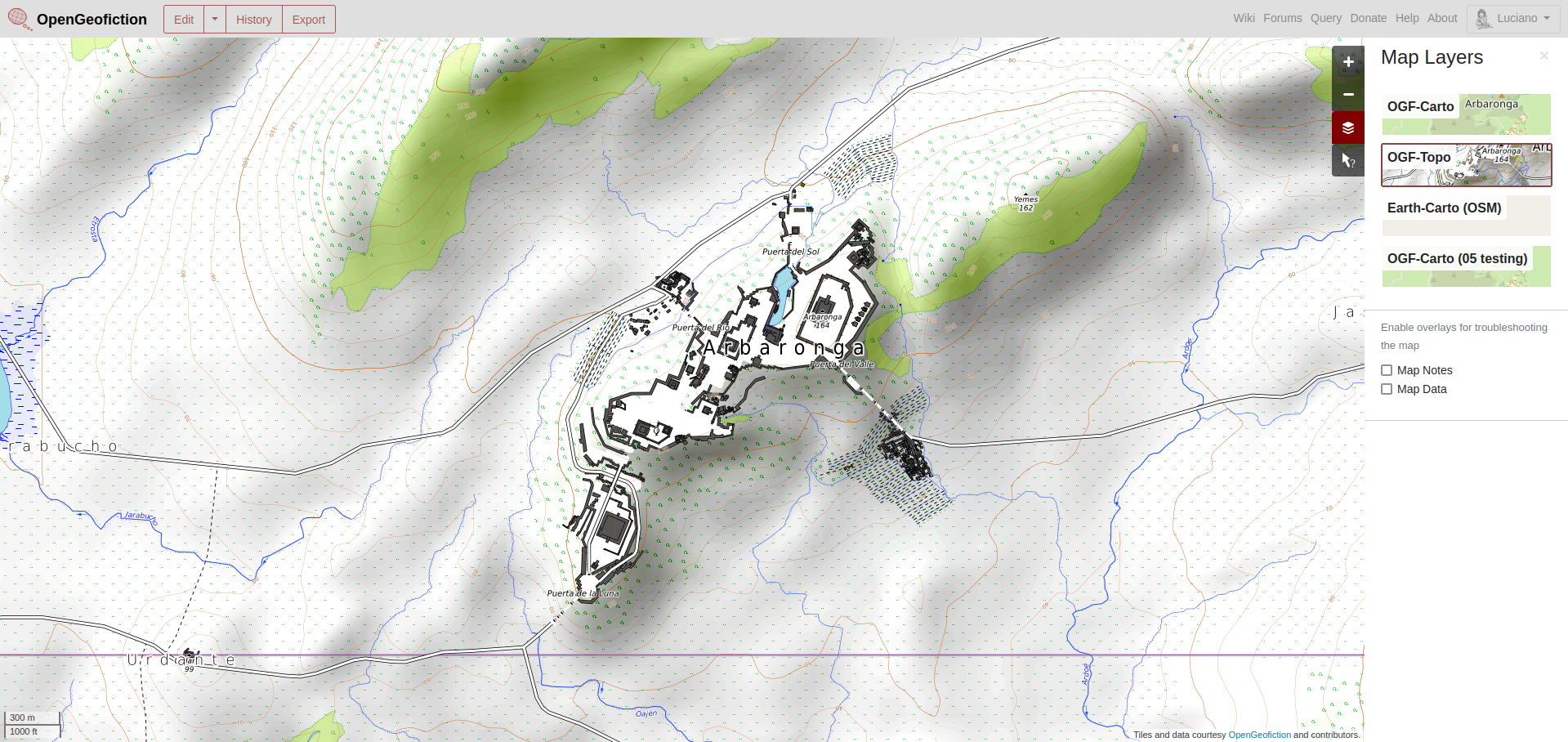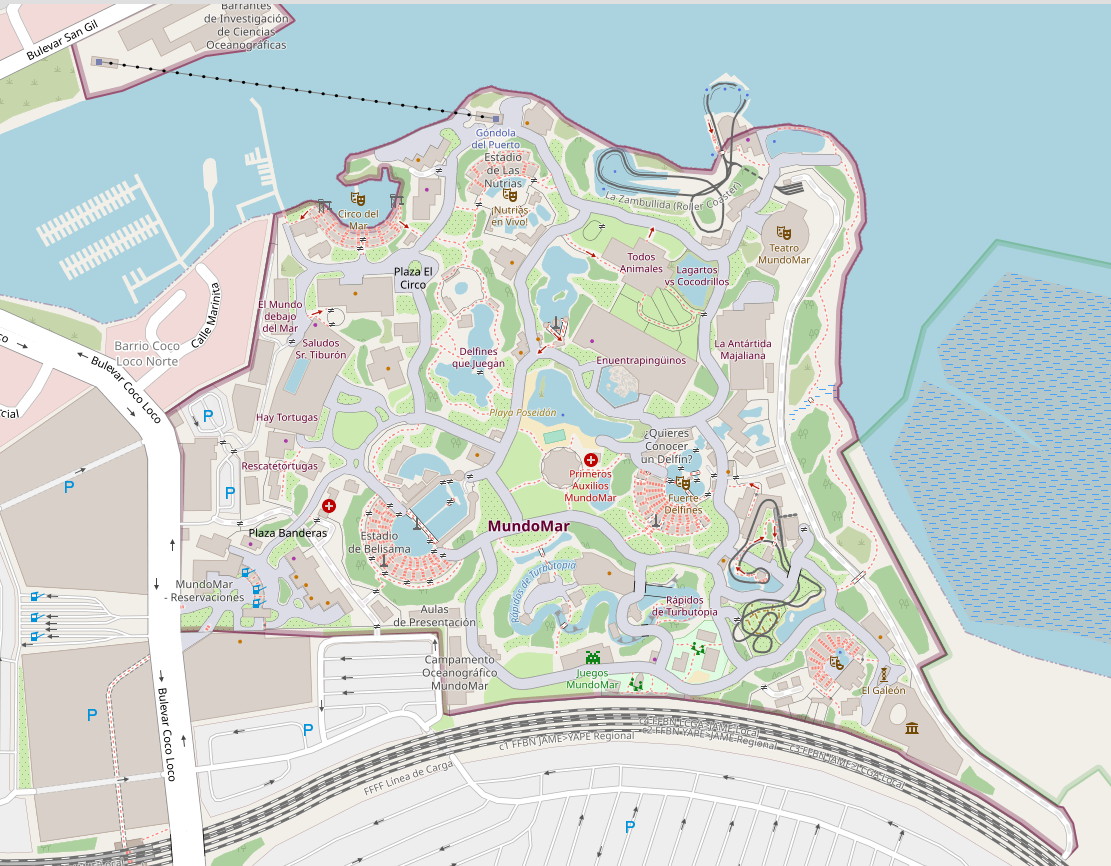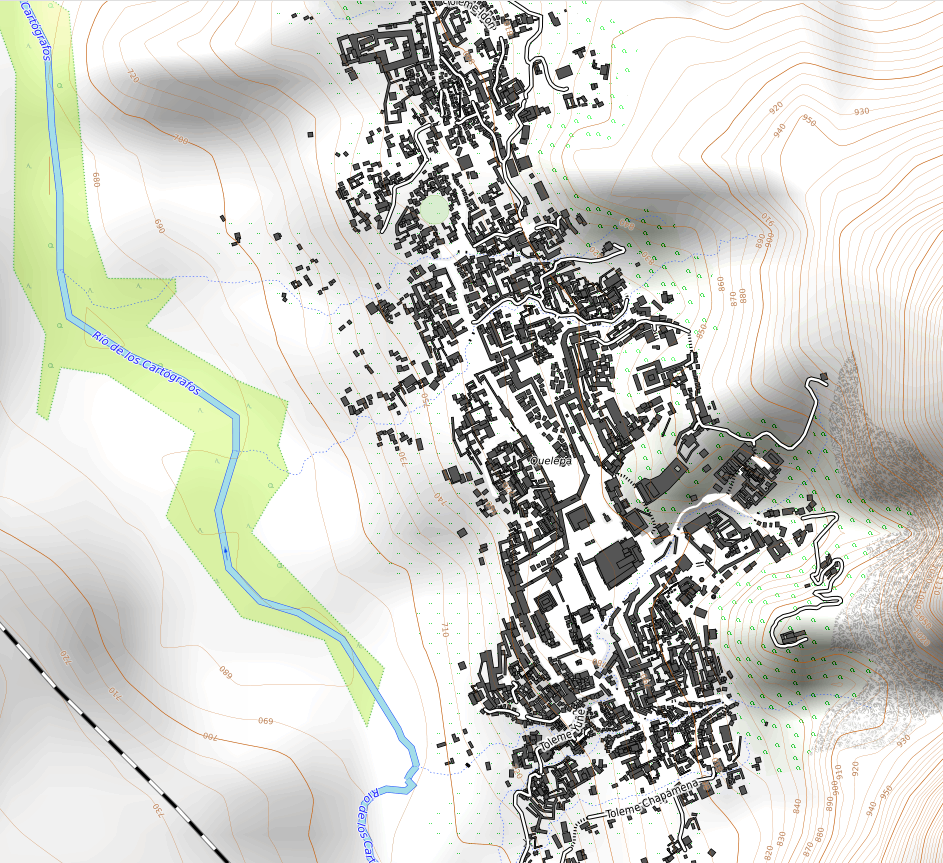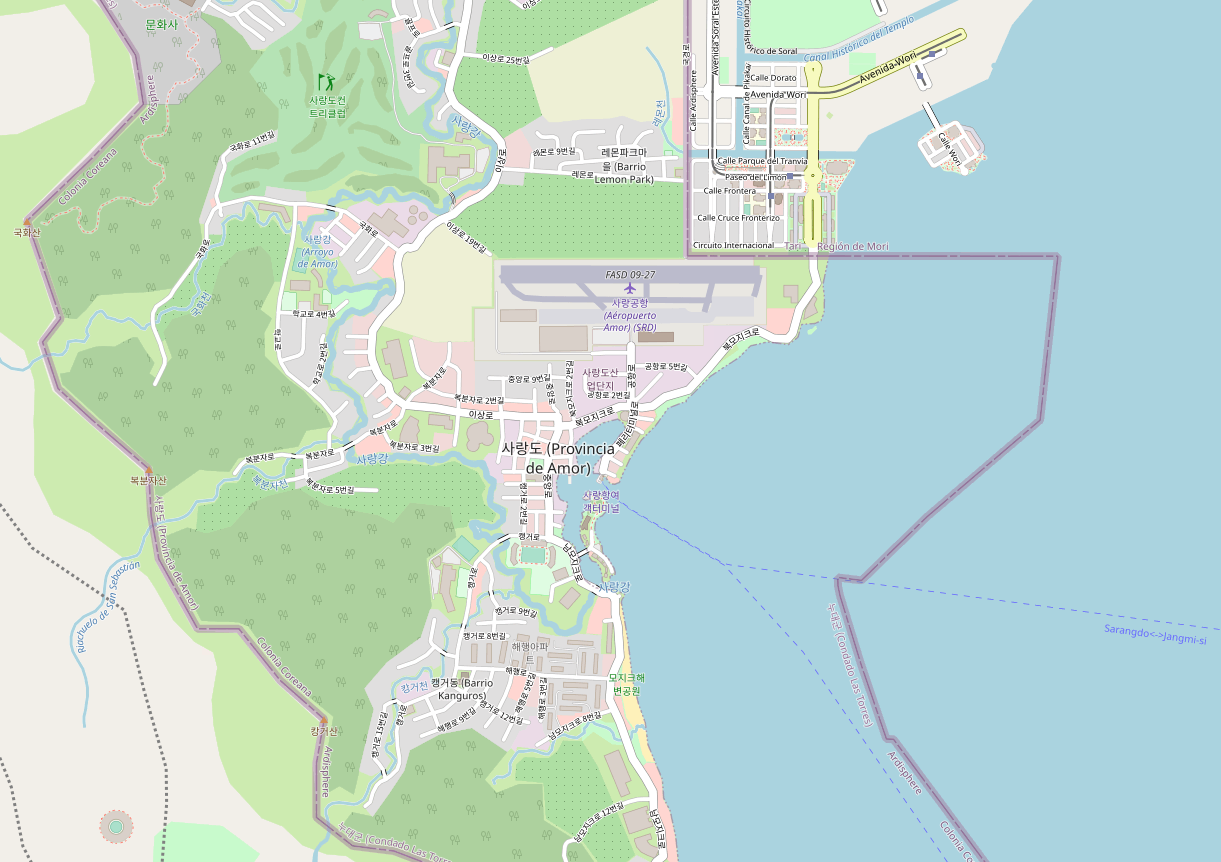My low-effort brag-post for this week is a pre-colonial coastal village called Yojándara, in the country called Ardesfera. It is near to the city of Arbaronga, on an island just off the coast. In the “present day” (modern era) this is a tourist-oriented area near the big city, reachable by ferry, with a quaint village and restored ruins. The mapping of the area currently on the map, seen here, is a historical snapshot at around 1450, before the Ulethan colonists from Ingerland and Castellan showed up.
This neighborhood is found on the opengeofiction map here: https://opengeofiction.net/#map=17/-24.42120/123.90046&layers=B
